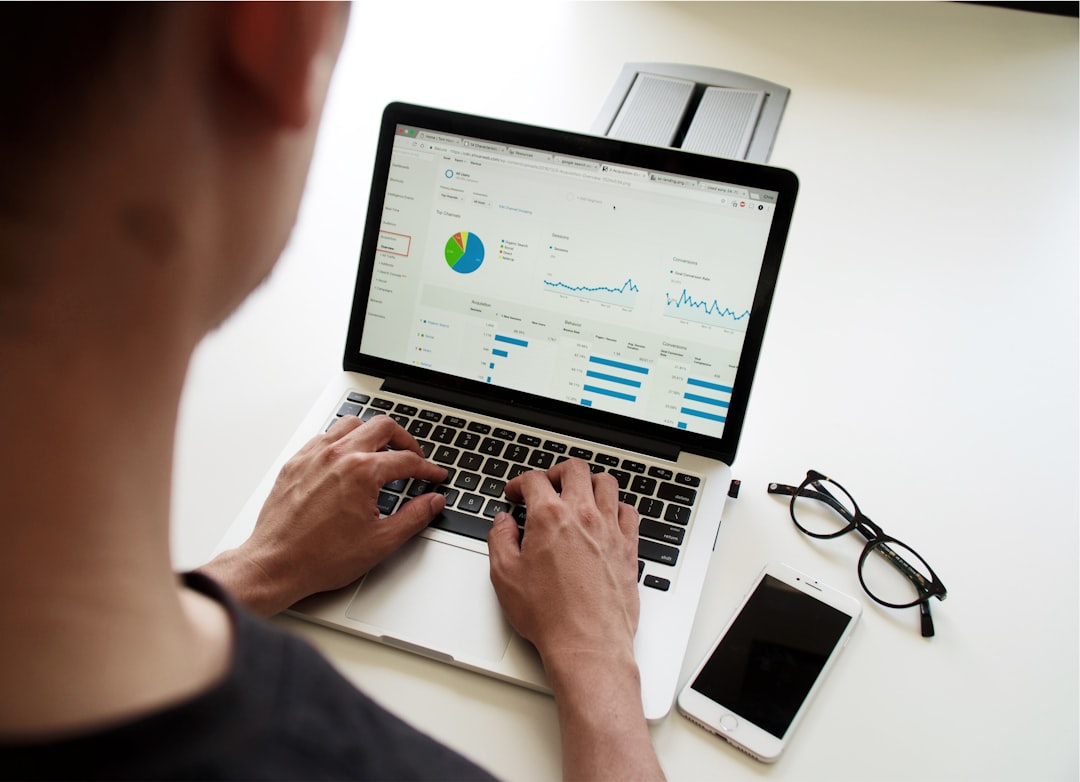
How to Analyze Economic Trends: A Comprehensive Guide
# Introduction. Understanding economic trends is crucial for making informed decisions, whether you are a business professional, investor, or simply a curious individual who wants to grasp how the economy functions. This guide will help you navigate the complex world of economics, providing you with tools and methodologies to analyze trends effectively. # The Basis of Economic Trends. Economic trends refer to the general direction in which the economy is heading over time. These trends can be upward (economic growth), downward (recession), or even stagnant (economic stagnation). Analyzing these trends can give insight into how various factors influence the economy and help predict future movements. One common approach is to look at indicators such as Gross Domestic Product (GDP), unemployment rates, and inflation rates. GDP measures the total economic output of a country, while unemployment and inflation rates provide valuable context about the health of the labor market and purchasing power, respectively. Understanding these concepts lays the groundwork for deeper analysis. # Data Sources for Economic Analysis. When analyzing economic trends, it's vital to rely on credible and up-to-date data sources. Several organizations, both governmental and non-governmental, provide valuable statistical insights. Some key sources include: - **Bureau of Economic Analysis (BEA)**: Offers data on U.S. economic accounts, including GDP. - **World Bank**: Provides global economic data and analytical tools useful for comparisons across countries. - **International Monetary Fund (IMF)**: Analyzes international economic trends and provides forecasts. - **Federal Reserve**: Publishes an array of economic data, especially regarding monetary policy and interest rates. Using these data sets can guide your understanding and provide a robust foundation for analysis. # Methods for Analyzing Trends. There are several methods you can utilize to analyze economic trends effectively. Here are some crucial approaches: 1. **Statistical Analysis**: Employ statistical tools and methodologies to analyze data sets. Regression analysis can help identify relationships between variables, while correlation coefficients can measure the strength of these relationships. 2. **Comparative Analysis**: Compare current economic indicators with historical data to observe patterns over time. For example, looking at GDP growth over the past decade could reveal cycles of expansion and recession. 3. **Sentiment Analysis**: Evaluate consumer and investor sentiment through surveys or reports from financial institutions. Positive sentiments can indicate future economic growth, while negative sentiments might forecast downturns. 4. **Industry Analysis**: Understand specific industries' performance within the larger economic context. Some sectors may flourish while others decline, and recognizing these disparities can provide nuanced insights into overall economic health. # The Role of Economic Indicators. Economic indicators are vital to analyzing trends effectively. They are categorized into three types: leading, lagging, and coincident indicators. - **Leading Indicators** such as stock market performance or new housing starts predict future economic activity. - **Lagging Indicators** like the unemployment rate confirm trends after they have been established. - **Coincident Indicators**, such as GDP and retail sales, coincide with the economic cycle phases and are crucial for real-time analysis. Using a combination of these indicators allows a more comprehensive view of the economic landscape. # Real-World Example of Trend Analysis. Let's consider a real-world example to illustrate how economic trends can be analyzed. Imagine a persistent increase in consumer prices, indicating inflation. Analysts would dive into core inflation metrics, wage growth statistics, and supply chain disruptions to uncover the roots. By examining these factors holistically—how they interrelate, and their impact on purchasing power—investors and policymakers can make educated decisions moving forward. This layered approach prevents oversimplification and allows for informed predictions about future trends. # Conclusion. Analyzing economic trends is vital for making informed decisions in today's interconnected world. By developing an understanding of how to interpret various indicators, sources of data, and methodologies, you will be better equipped to discern patterns that indicate the direction of the economy. Whether for business strategies, investment choices, or general knowledge, mastering economic trend analysis is an invaluable skill. As you embark on your economic analysis journey, remember that the economy is a fluid system influenced by countless factors. Staying updated and continuously learning will bolster your ability to interpret trends effectively. .









